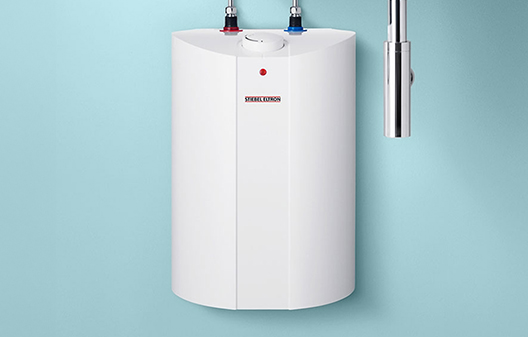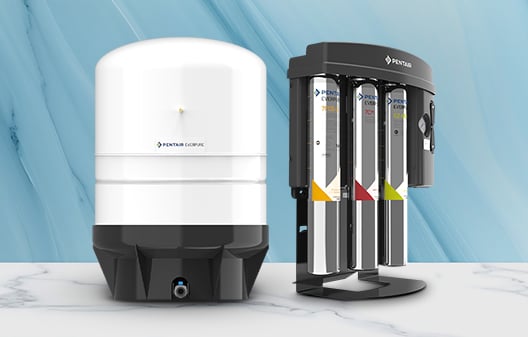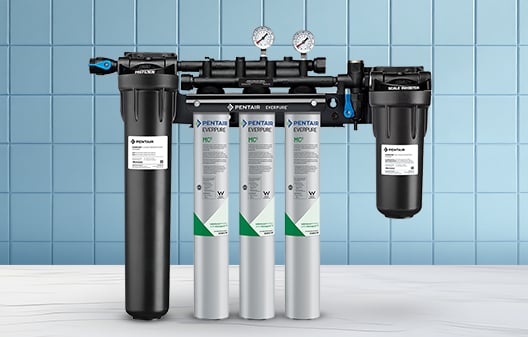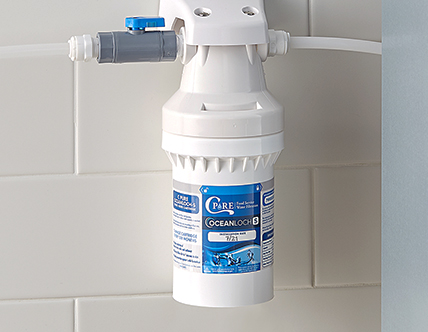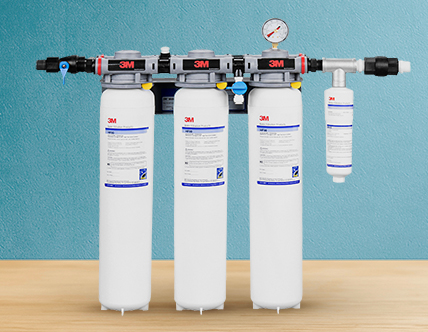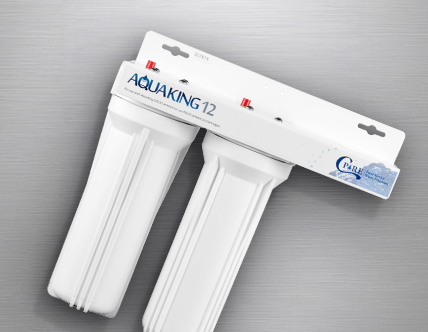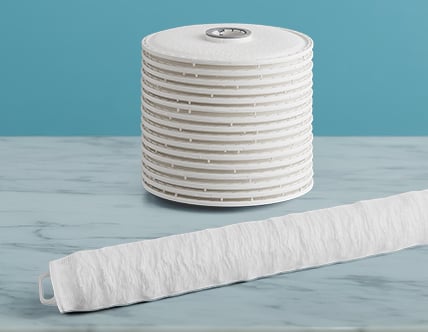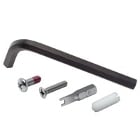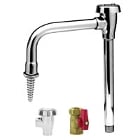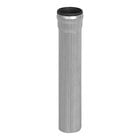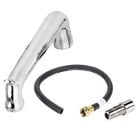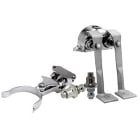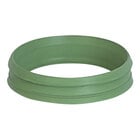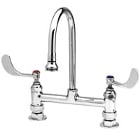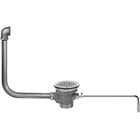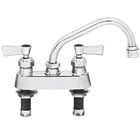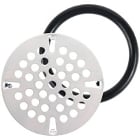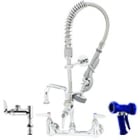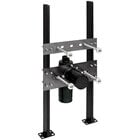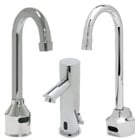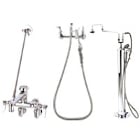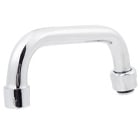Water Treatment Systems
Use Water Treatment Products to Clean and Soften Water

Water Heaters
Shop 182 Products
Utilize commercial water heaters to maintain the ideal water temperature and ensure uninterrupted access to hot water when needed.
Reverse Osmosis Water Filter Systems and Cartridges
Shop 74 Products
Reverse osmosis water filter systems and cartridges are designed to filter out harmful substances for a pure water supply.
Whole House Water Filtration Systems and Cartridges
Shop 96 Products
Whole house water filtration systems and cartridges are installed in the main water line to treat an entire home or building.
Commercial Water Filters and Systems
Shop 7 Categories
Browse our large selection of commercial water filters and systems to find the right fit for your filtration needs.
Top Products
Other Commercial Plumbing Supplies
Use Water Treatment Products to Clean and Soften Water
Proper water treatment is crucial for any food service operation. These products filter harmful chemicals and other microbes from the water before use and soften the water. Not only do they make water safe to drink, but they also improve the appearance of sinks, dishware, and more by reducing the effects of hard water.
Use water treatment products in your restaurant, bar, or hospitality establishment. Aside from basic water filtration systems, there are also options for cartridges specific to equipment like coffee brewers and ice machines. Additionally, water softeners improve the quality of the water at your establishment.
